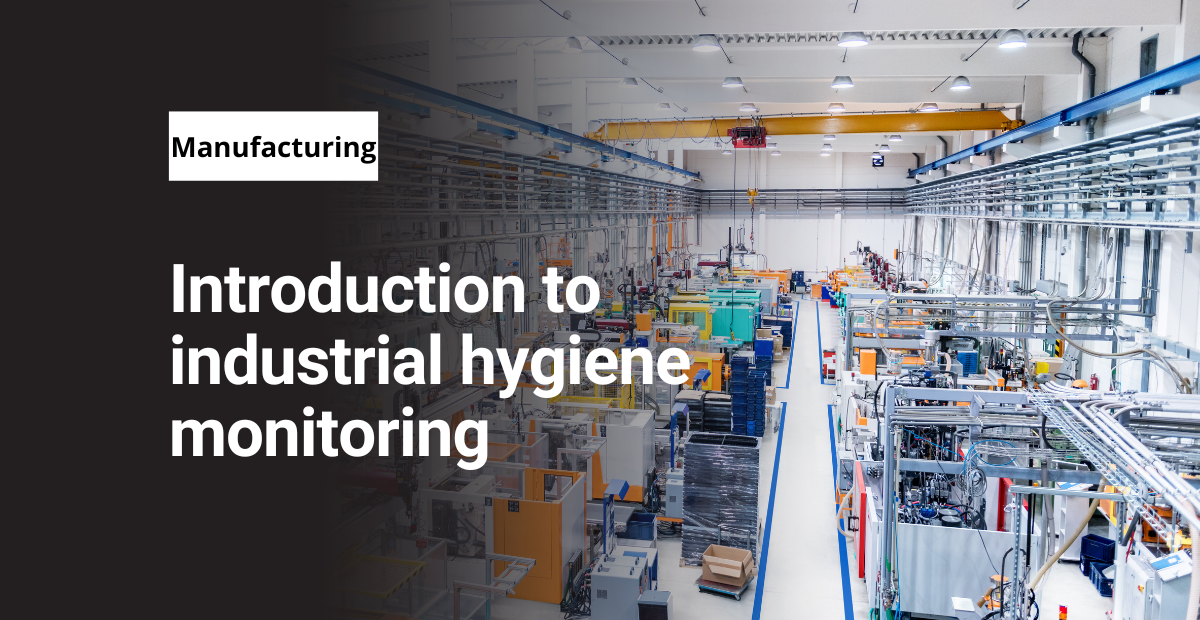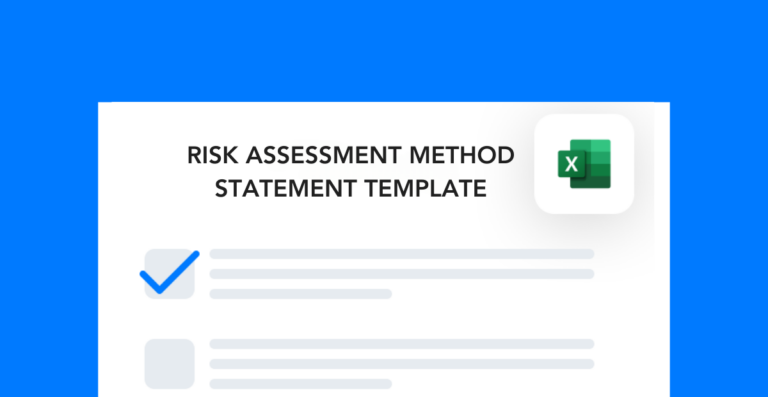Industrial hygiene monitoring is essential for maintaining a safe and sanitary work environment. It involves anticipating, recognizing, evaluating, and controlling conditions that may cause injuries or illnesses. In this post, I’ve answered some of the most common questions about industrial hygiene and how it applies to different workplaces.
What is industrial hygiene monitoring?
Industrial hygiene includes observing workplace conditions and evaluating the best course of action to remove or reduce hazards or contaminants.
Industrial hygiene practices have been around for centuries, as early scientists and researchers realized the need to protect workers from harmful conditions. Along with the rise of industry, legislation relating to industrial hygiene and worker’s compensation in the United States was first developed at the beginning of the 20th century.
One of the most influential legislation pieces is the Occupational Safety and Health Act of 1970. This act created the OSHA agency. It gave OSHA the authority to create, set, and enforce safety and health regulations for businesses, including industrial hygiene regulations. These regulations are now an essential part of our modern-day safety procedures in the United States.
Why does industrial hygiene monitoring exist?
The purpose of industrial hygiene is to protect workers from hazards present in the workplace. These include air contaminants, chemical hazards, biological hazards, physical hazards, and ergonomic hazards.
Air contaminants include particulate and vapor contaminants. The most common particulate contaminants include dust, fumes, mist, aerosols, and fibers.
Chemical hazards include harmful chemical compounds in the form of solids, liquids, gases, mists, specks of dust, fumes, and vapors that exert toxic effects by inhalation (breathing), absorption (through direct contact with the skin), or ingestion (eating or drinking).
Biological hazards include bacteria, viruses, fungi, and other living organisms that can cause acute and chronic infections by entering the body either directly or through breaks in the skin.
Physical hazards include excessive levels of ionizing and non-ionizing electromagnetic radiation, noise, vibration, illumination, and temperature. Ergonomic hazards include excessive vibration and noise, eye strain, repetitive motion, heavy lifting problems, and improperly designed tools or work areas.
Safety professionals, such as industrial hygienists, can determine what hazards are present and take steps to either eliminate or control the hazards to reduce risk. One way to identify workplace hazards is through worksite analysis. A worksite analysis of the facility, accompanied by an industrial hygienist, can help determine what hazards need to be monitored.
Why perform a worksite analysis?
Worksite analyses are the first step to identifying the hazards that are present. They can also be done at any time—not just when investigating a reported hazard. A worksite analysis focuses on determining risks, problem tasks, and measuring exposures.
The most effective worksite analysis includes all jobs, operations, and work activities. The industrial hygienist inspects, researches, or analyzes how the chemicals or physical hazards at that worksite affect worker health. If a hazardous situation is discovered, the industrial hygienist recommends the appropriate corrective actions.
Industrial hygienists help to measure exposure levels of some hazard types by taking samples in the workplace. Sampling types include integrated, direct read (or instantaneous), breathing zone, area, or bulk. Taking samples and recording changes is essential for getting data on the contaminants in the workplace.
Another benefit is that some types of sampling (for example, integrated and breathing zone) involve worker participation. In these cases, employees will need to cooperate with sampling over the workday.
Performing a worksite analysis can help get your workers in the mindset of looking for and reporting hazards. This is especially true if you involve them in the monitoring process. It’s always a good practice to promote safety hazard awareness.
One of the best ways to prevent incidents is to eliminate risky situations before they occur. Worksite analysis helps you do this effectively.
Which guidelines apply to my facility?
Every business will have different hazards and may need a slightly different approach to meeting established regulations.
However, OSHA has excellent resources for determining the most immediate hazards, how to control them, and how to get professional assistance.
If you’re new to OSHA regulations, it can seem daunting to find the information you need. Thankfully, OSHA has compiled a list of compliance assistance resources. These are a collection of helpful articles providing recent health and safety information, sorted by industry.
- Manufacturing is broken down into several sections:
- Chemical manufacturing
- Food processing
- Lead smelters
- Metal manufacturing
- Plastics industry
- Textiles
Each section contains information specific to that branch of industry and gives the most relevant hazards, with additional links to the safety and regulation information on that hazard.
In terms of more general industry guidelines, OSHA Standard 29 CFR 1910 Subpart G, Occupational Health and Environmental Control, covers ventilation, noise, and nonionizing radiation guidelines.
How do I maintain compliance?
It can be helpful to first read up on OSHA’s Recommended Practices for Safety and Health. They summarize the most critical aspects of management leadership, worker participation, hazard identification and assessment, and hazard prevention and control.
The next step is to perform a workplace analysis of your facility and look for potential hazards, both in various tasks and in the workplace environment. Industrial Hygienists can help from the start with a workplace analysis or can only monitor and suggest controls to minimize or eliminate exposure found from the monitoring results.
Other posts you might like…
No posts

